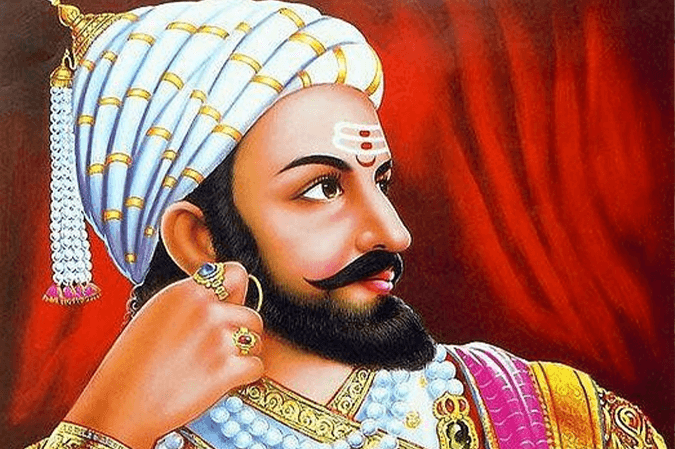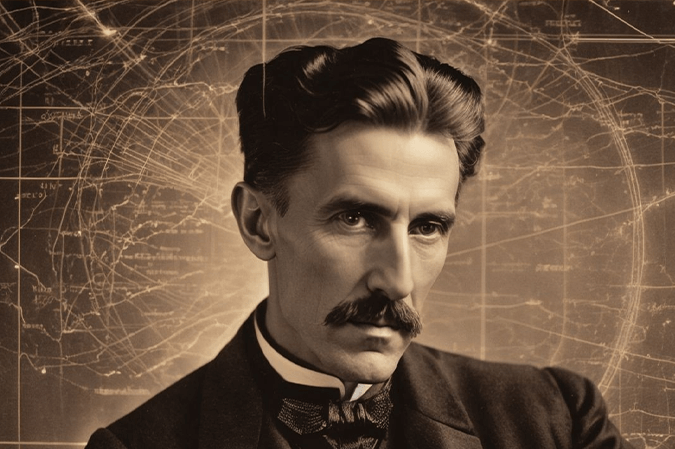The uniqueness of His Name
Chhatrapati Shivaji Maharaj, born Shivaji Bhonsale I on February 19, 1630, in the hill fort of Shivneri near Pune, India, is a name that embodies valor, leadership, and cultural pride. The title “Chhatrapati” translates to “King of the Umbrella,” symbolizing protection and sovereignty over his people. The name “Shivaji” is derived from the Hindu god Shiva, reflecting both divine favor and cultural significance. His name signifies not only his royal status but also his deep-rooted connection to Hindu identity and heritage.
Other Names Associated with Shivaji Maharaj
Several names and titles are associated with Shivaji Maharaj, each highlighting different aspects of his identity and legacy:
- Shivaji: His first name, which connects him to his divine namesake and reflects his cultural roots.
- Chhatrapati: A title denoting his status as a sovereign ruler, emphasizing his role as a protector of his kingdom.
- Hindavi Swarajya: A term associated with his vision of self-rule for Hindus in India, representing his political ideology.
- Maharaj: A term of respect that means “great king” and is used to honor his leadership and contributions.
These names illustrate the multifaceted nature of Shivaji’s identity as a warrior, leader, and cultural figure.
Cultural Significance
Shivaji Maharaj is celebrated as the founder of the Maratha Empire in 17th-century India. His reign marked a significant shift in the political landscape dominated by the Mughal Empire. He is remembered for several key contributions:
Military Innovations
Shivaji was a pioneer of guerrilla warfare, employing strategic tactics that utilized the rugged terrain of the Western Ghats to outmaneuver larger Mughal forces. His establishment of a formidable navy was also groundbreaking, allowing him to secure maritime trade routes and protect coastal territories from foreign powers.
Administrative Reforms
Shivaji implemented progressive administrative reforms that laid the groundwork for effective governance. He established a council known as the Ashta Pradhani, which streamlined decision-making processes and ensured efficient administration. His policies promoted economic prosperity through trade and agriculture while respecting diverse religious practices within his realm.
Cultural Renaissance
A patron of arts and architecture, Shivaji commissioned numerous forts and temples that reflect the rich cultural heritage of Maharashtra. His efforts fostered a sense of pride among his subjects and contributed to the preservation of local traditions. The construction of forts like Raigad, which served as his capital, stands as a testament to his architectural vision.
Historical Context and Controversy
Shivaji’s rise occurred during a time when India was fragmented under various regional powers and foreign invaders. His opposition to Mughal rule was not merely political; it also had religious undertones as he sought to protect Hindu interests against perceived oppression.
While he is celebrated as a hero today, some historical accounts portray him in a complex light. The Sivabharata, an epic poem composed during his lifetime, depicts him as an incarnation of Vishnu tasked with restoring Hindu sovereignty. This portrayal has led to debates about communalism in Indian history and how narratives are constructed around figures like Shivaji.
Modern Significance of His Name
In contemporary India, Chhatrapati Shivaji Maharaj’s name symbolizes pride, resilience, and self-determination. His legacy resonates strongly in Maharashtra, where his birth anniversary is celebrated annually as Chhatrapati Shivaji Maharaj Jayanti. This day serves not only to honor his memory but also to inspire future generations to uphold values such as bravery, justice, and communal harmony.
Cultural Identity
Shivaji’s image has been instrumental in shaping regional identity among Maharashtrians. Statues and memorials dedicated to him can be found throughout Maharashtra, reinforcing his status as a cultural icon. Educational institutions often invoke his teachings to instill values of leadership and courage in students.
Political Symbolism
Politically, Shivaji’s legacy has been appropriated by various parties in Maharashtra to rally support for regional autonomy and rights. His ideals continue to inspire movements advocating for social justice and empowerment among marginalized communities.
Conclusion
Chhatrapati Shivaji Maharaj’s life story is one marked by courage, innovation, and cultural pride. From his unique name that reflects divine favor to his enduring legacy as a warrior king who fought for self-rule, Shivaji remains an iconic figure in Indian history. As we explore his contributions—his names, cultural significance, controversies, and modern relevance—we gain insights into how one individual’s actions can inspire generations to pursue justice and equality.
His legacy challenges us to recognize the importance of leadership rooted in compassion and inclusivity while reminding us that the quest for self-determination is an ongoing journey. Chhatrapati Shivaji Maharaj stands not only as a historical figure but also as a beacon of hope for those striving for freedom and dignity in their lives.
Sources
- “Chhatrapati Shivaji Maharaj Jayanti: History, Significance.” Ketto. Link
- “Politics, Culture and Social Reality: The Era of Shivaji Maharaj.” Hindustan Times. Link
- “Chhatrapati Shivaji Maharaj Jayanti 2024: History.” Yatri Railways. Link
- “Shivaji | Biography.” Britannica.com. Link
- Image Source: Shivajicollege



